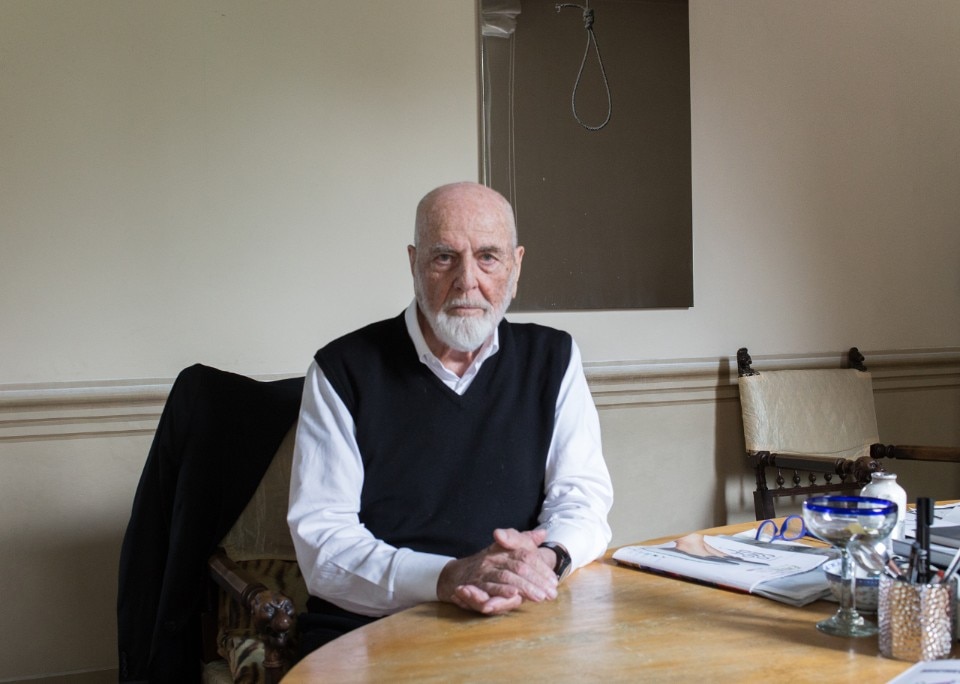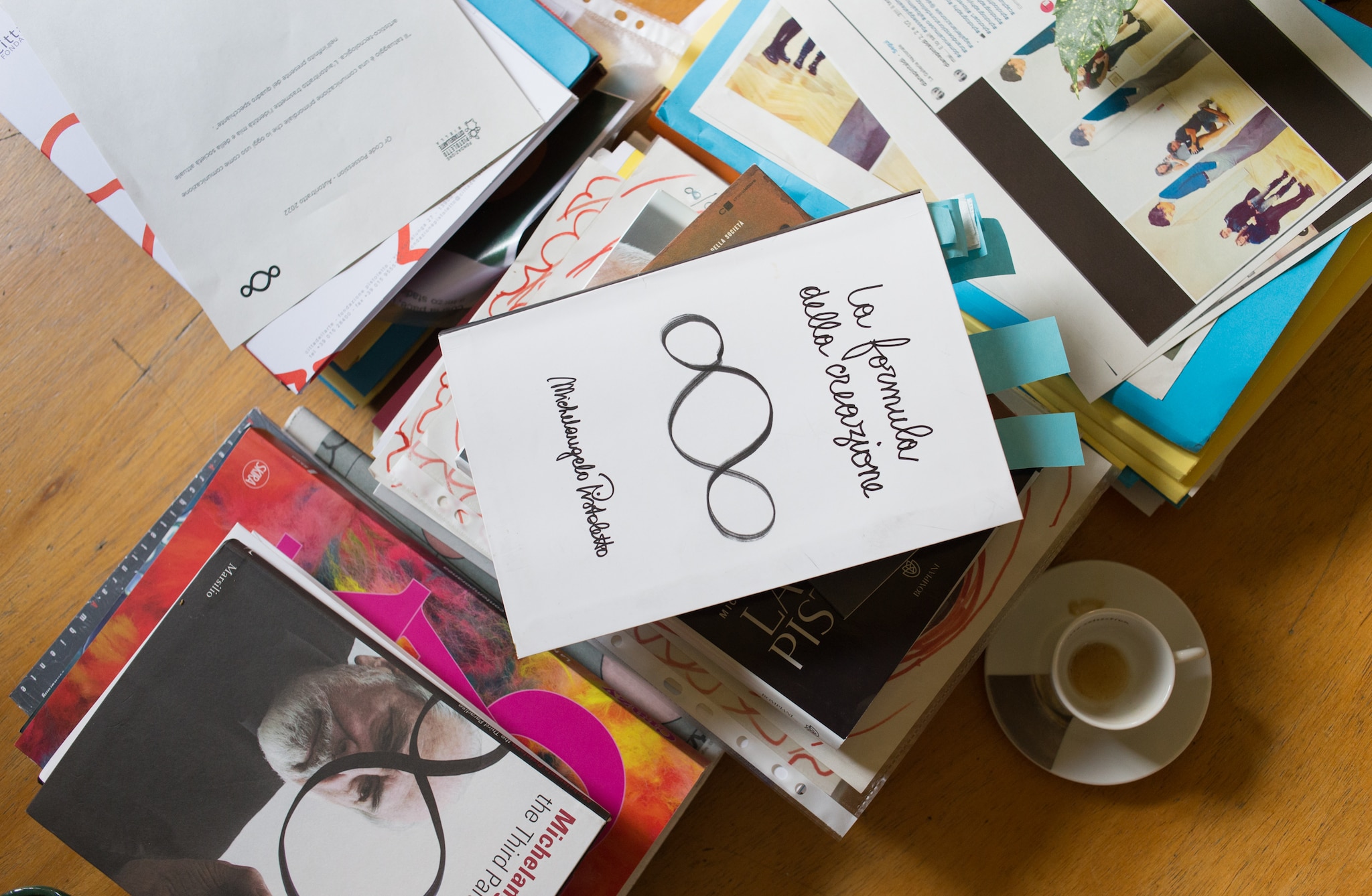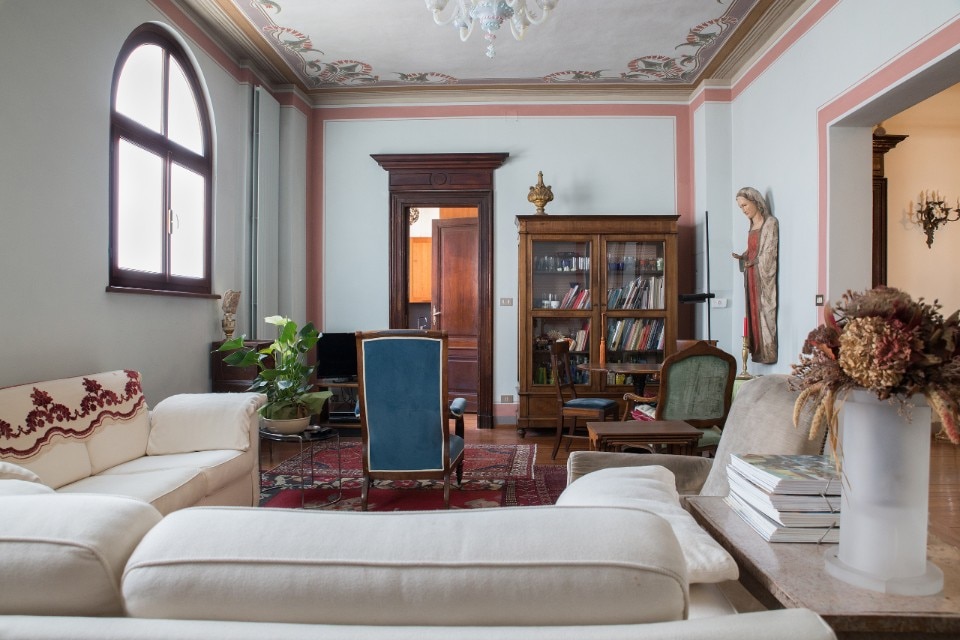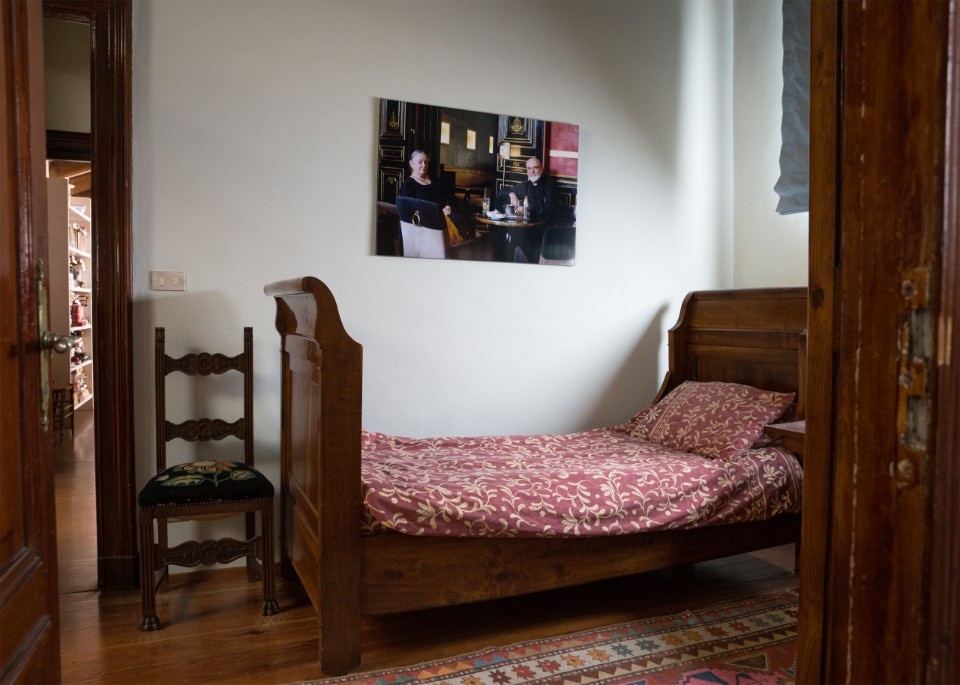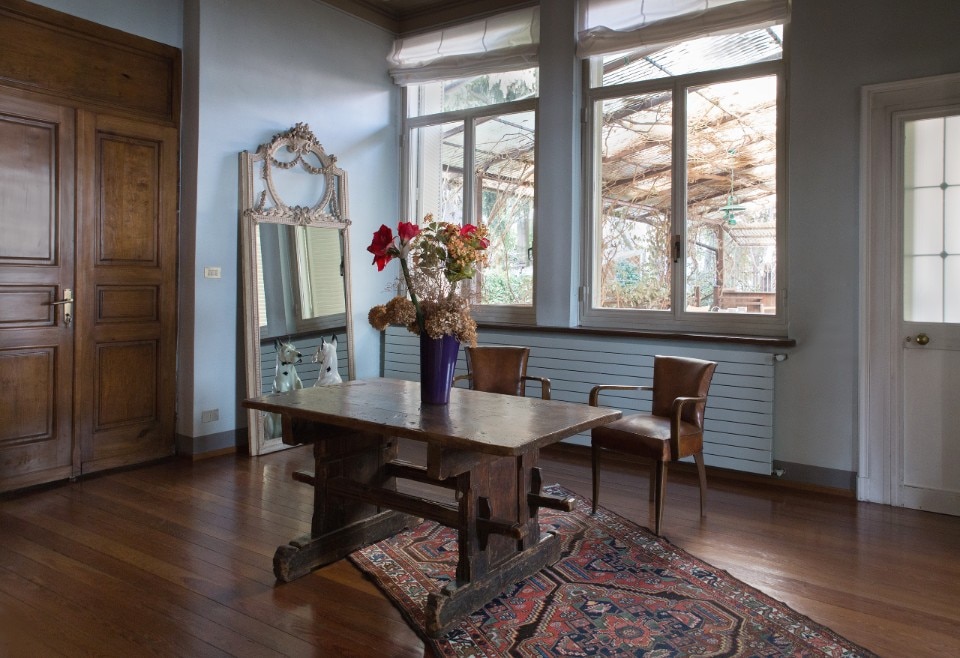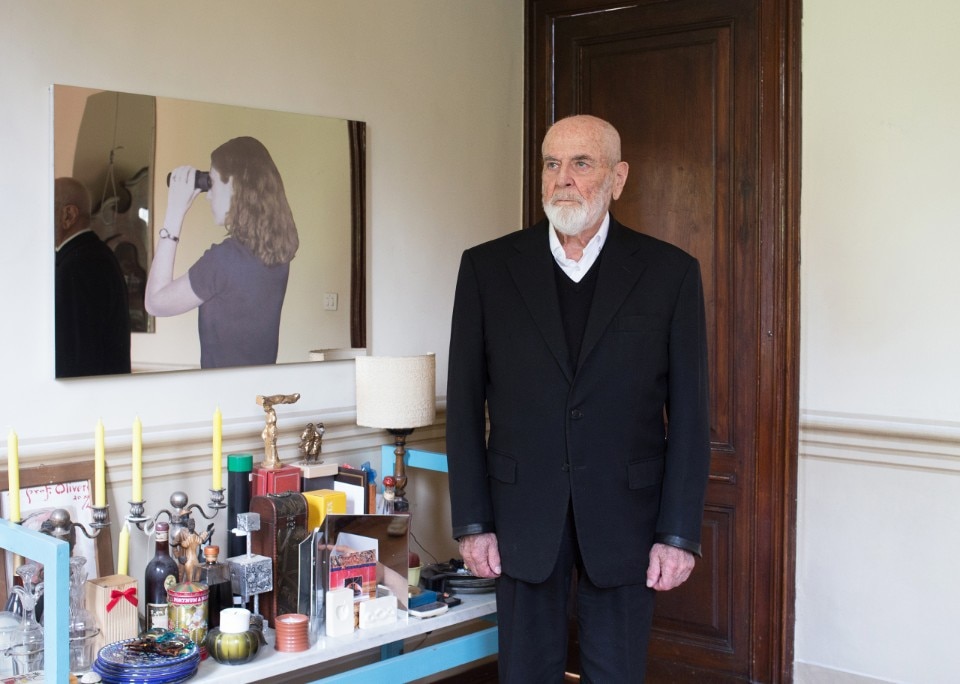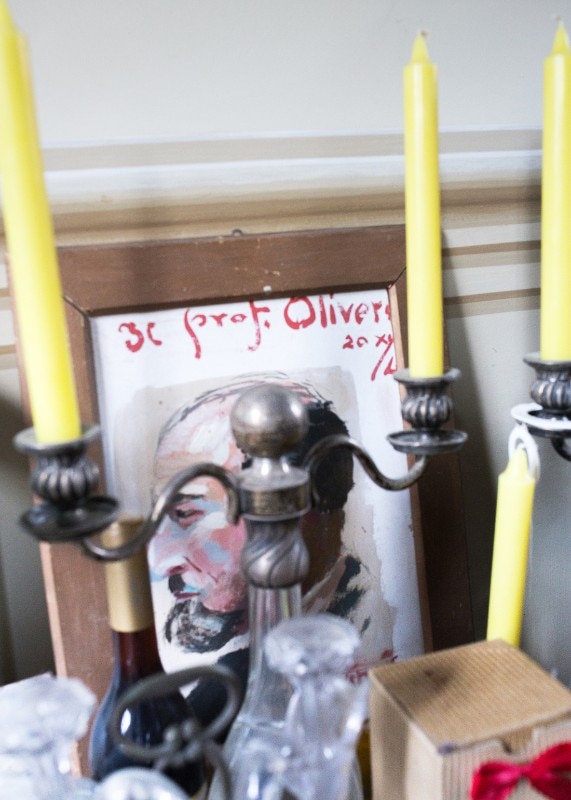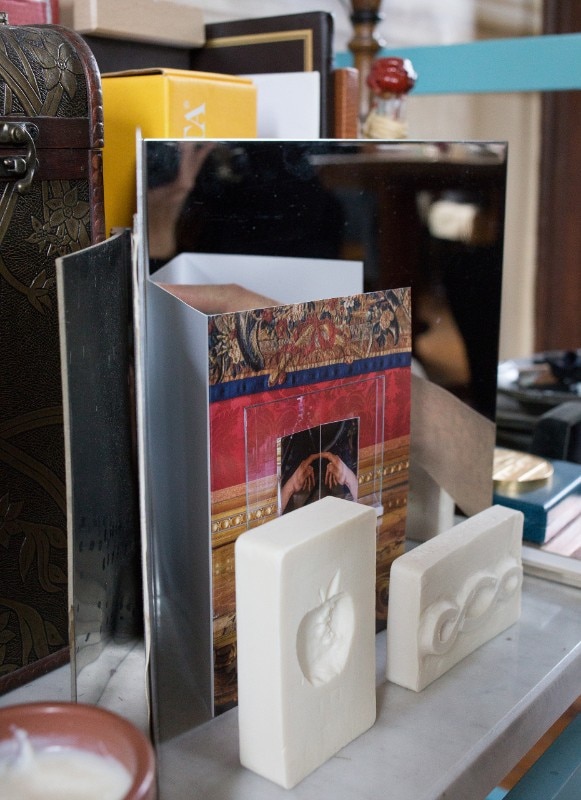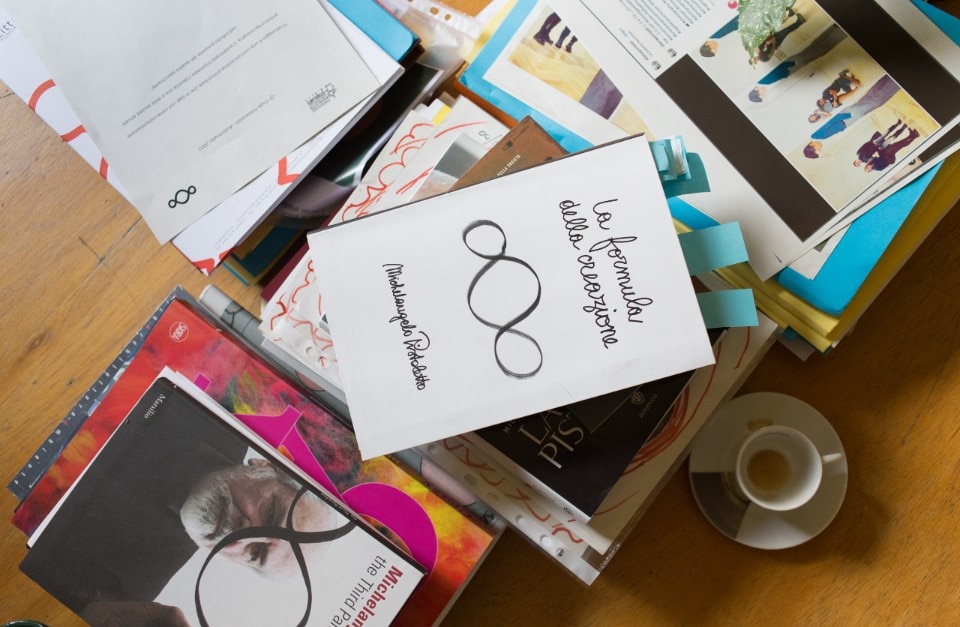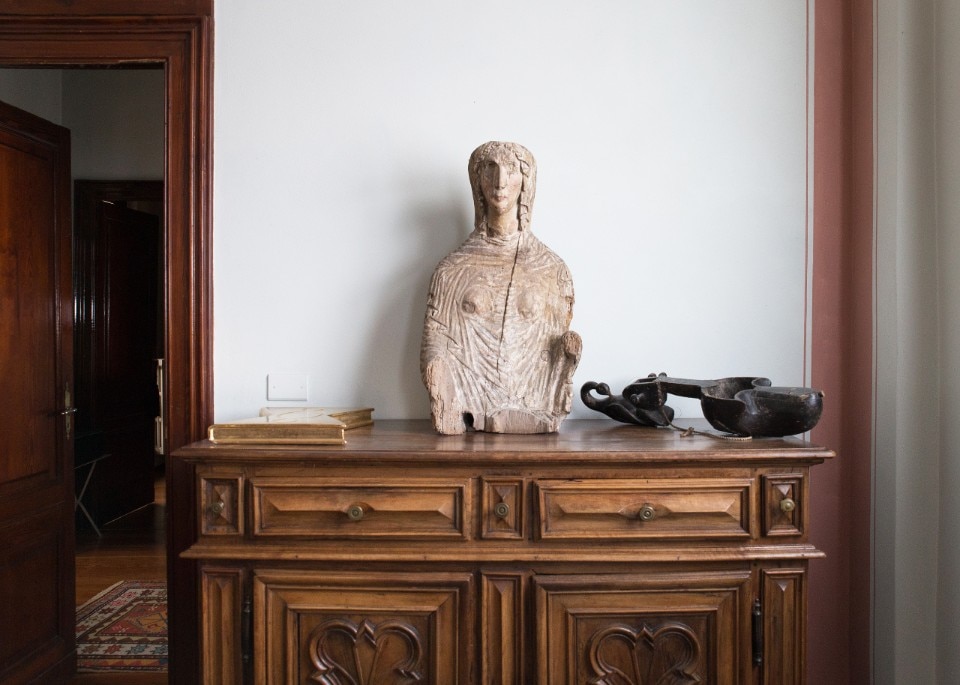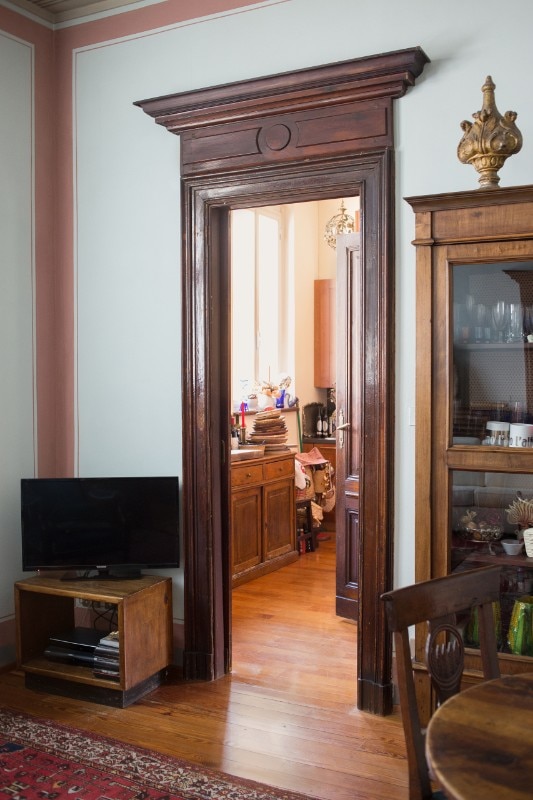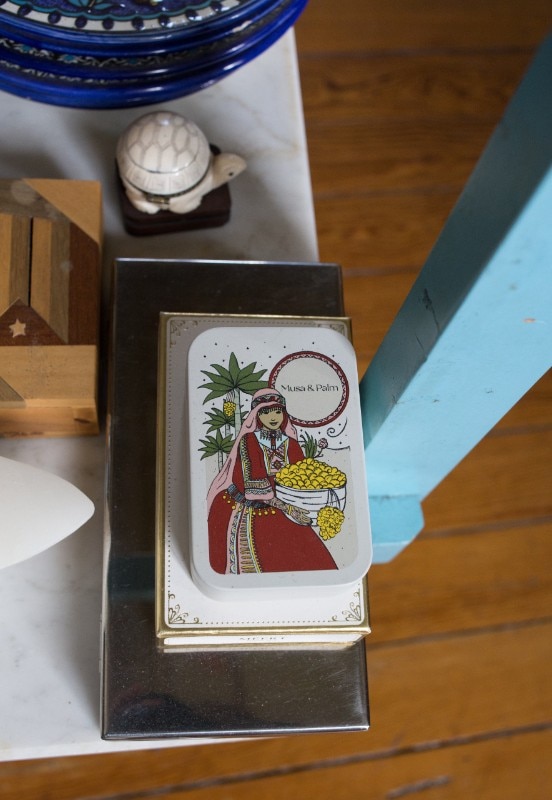Michelangelo Pistoletto has welcomed us by sitting at an oval table with piles of books, notes, and open newspapers. Lunch is served here, but at the same time the meetings that move the household economies of a dwelling – that is also an open city – are held here. “Mine is a home-town, a private life as much as a public and shared one.”
In 1998, Michelangelo Pistoletto founded Cittadellarte – Fondazione Pistoletto – a former factory in Biella transformed into a cultural center, artists’ residence, and exhibition space for exhibitions and conferences. In this case, we could call it ‘archipelago’ – a grouping of islands quite close to each other, often with similar morphological characteristics, which does not mean they are the same.
We need to think of a world that lives in its differences. This is what should have happened after the fall of the Berlin Wall.
Michelangelo Pistoletto
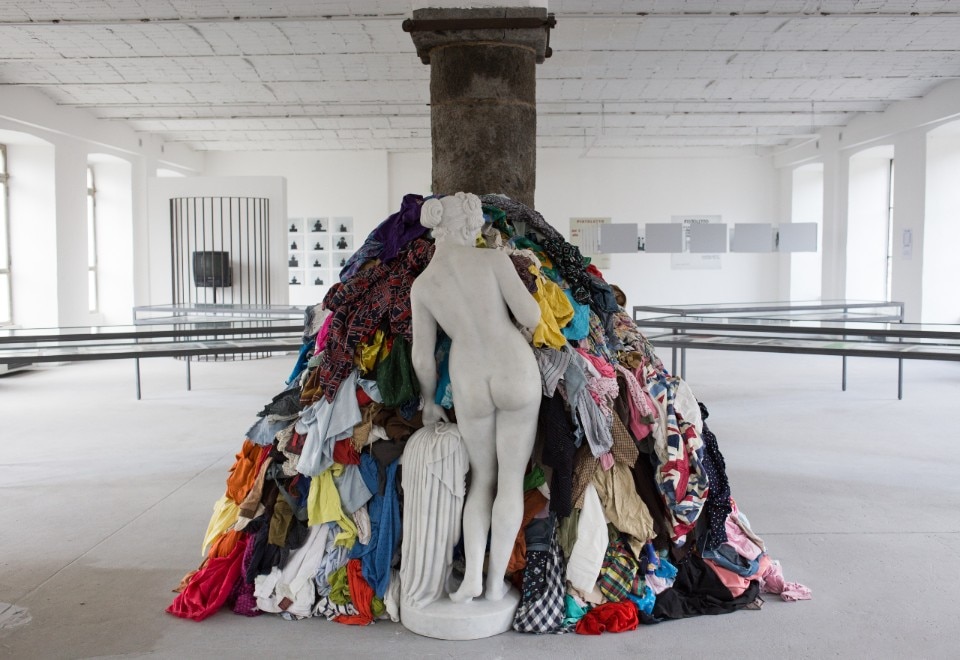
“Art is the phenomenon that leads to creation in the context of ordinary life,” Pistoletto explains, who in his every gesture, in every word, brings out a deep belief, that the artist today must “be responsible for connecting all spheres and sectors of social life: from politics, to economics, religion, design, fashion, architecture.”
It is a mission that over the years has led Biella to be recognized as a creative city by UNESCO. At Cittadellarte there is a utopia that becomes an urban project; redesigning society, so that people can live, Michelangelo continues, “protected in the built environment and better in nature.”
The furnishings inside Pistoletto’s house are essential. We have asked him if there is an object he is particularly fond of. The Master points to one of his works; a Mirror Painting depicting a young woman who looks far away through a telescope. And it is precisely in the space of that surface – fixed to the wall – that all the dynamism of the present and the essence of time is reflected – that, in its opposition to immobility, welcomes life without predetermining or judging it.
“We need to think of a world that lives in its differences. This is what should have happened after the fall of the Berlin Wall.” ‘Love differences’ is not only a motto of Cittadellarte, but also the hallmark of a project that combines art and society “a free and dynamic, fluid and bending sign that fits among the old trenches as a minute connection of the fabric of a new body”; an embryonic organization in constant regeneration.
This process of transformation – which finds its driving force here – must involve all citizens if we want to achieve what Michelangelo calls Preventive Peace – the very title of his latest exhibition, on display until June 4 at Palazzo Reale (Milan). A preventive peace conceived as “a policy aimed at rebalancing the relationship between artifice and nature and at promoting the culture of loving differences, without which it will be not possible to get out of the labyrinth and get rid of the monster.” As curator Fortunato D’amico points out.
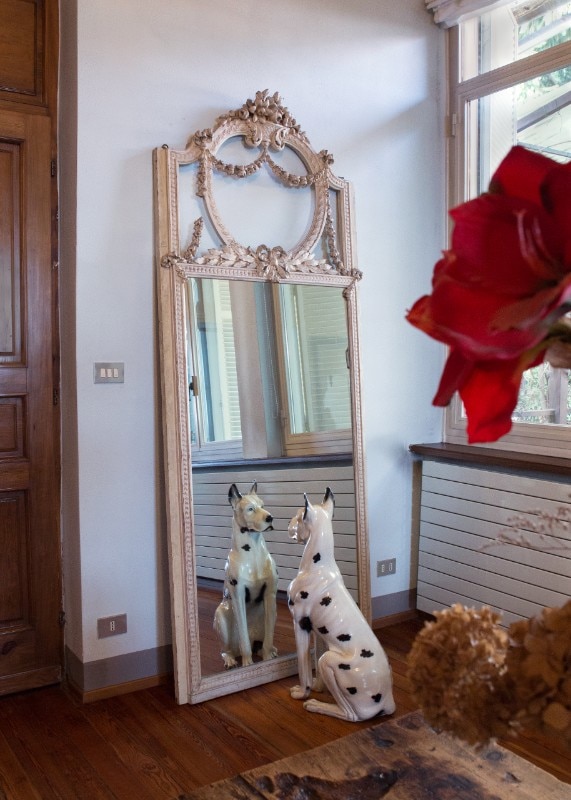
“When the trinamics of creation (one of Pistoletto’s formulas, Ed.) is missing, there comes destruction, emptiness. When I first saw this space, it was in Alzhaimer,” the Master recalls. In fact, only the walls were reminiscent of the past of that building dating back to the 1700s and owned by the Borra family of Biella. After 1872, it underwent various changes of ownership with extensions, renovations and different uses. Such as a granary for the Ospedale degli Infermi; a space for washing and fulling wool; workers’ house, full-cycle factory. “All the elements that exist around these walls can recombine in here, through generation and regeneration,” because here the past and the future are two poles that join in the present, to imagine the future. And, likewise, Michelangelo Pistoletto continues, “my legacy will be an empty space.”
Crossing the different spaces of the structure – lulled by the gurgling of the Cervo River, which descends from the peaks of Biella and then flows into the Sesia River – you are filled with an extraordinary feeling of peace, in which vitality flows safely. Indeed, two meanings coexist here: that of citadel, an area where art is protected, and that of city, in all its complex inter-relationship with the world.
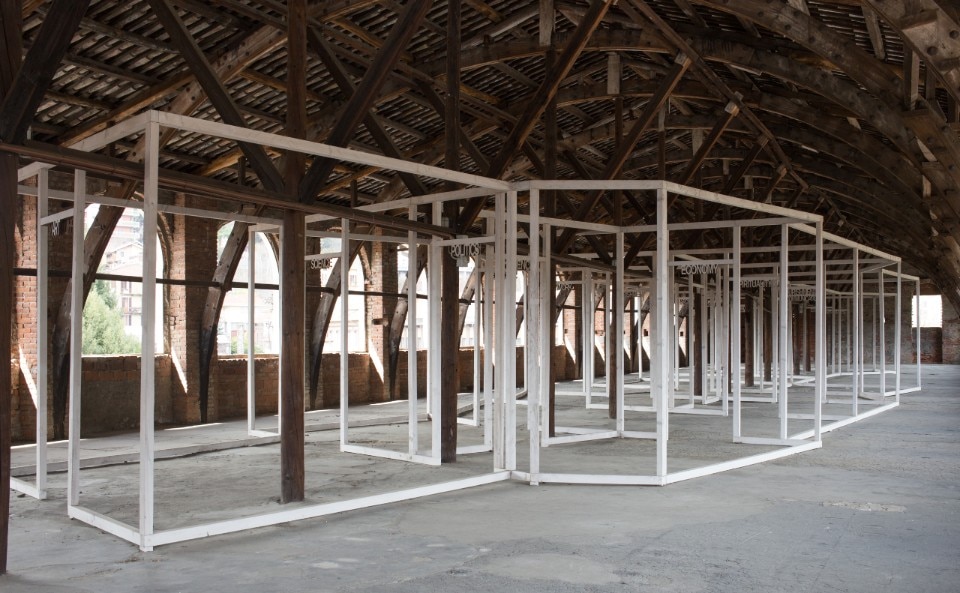
My legacy will be an empty space.
Michelangelo Pistoletto
Here there is room for the free offer of human thought and profit is only a means, “like paper for printing and food for reasoning. I have never agreed with the notion that maximum profit represents maximum democracy, because we have taken profit as a consumerist system to its extremes.”
And this is how another motto of Progetto Arte ‘Artist sponsor of thought’ was born so that ideas and not economic bodies will reshape the architecture of tomorrow’s civilization.


